

William Stopford
Every car discontinued in Australia in 2025
15 Hours Ago
The Toyota Corolla Hybrid remains a very efficient, safe pick for buyers after solid transport – but we wouldn't bother with the luxury ZR.
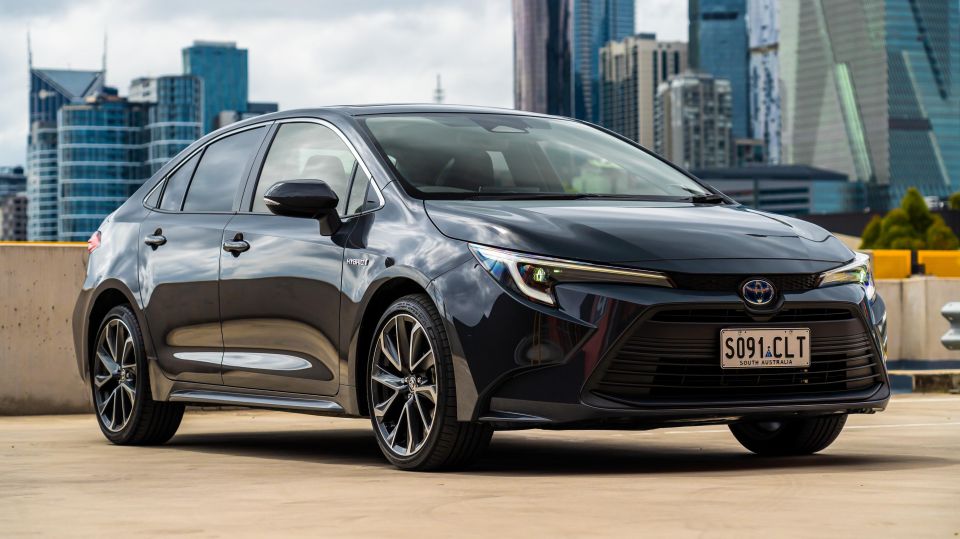
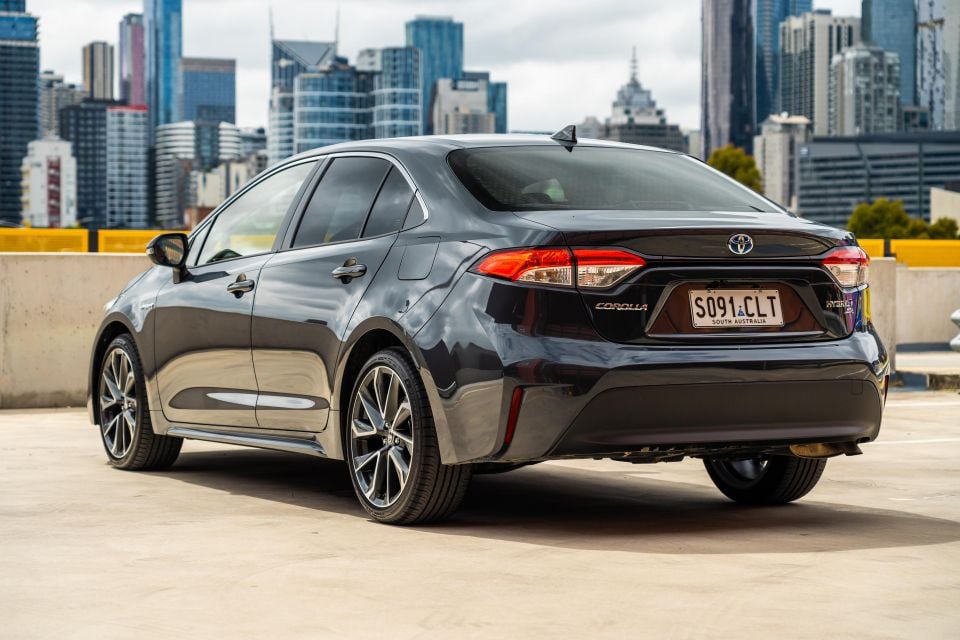

Contributor

Contributor


Contributor

Contributor
Where expert car reviews meet expert car buying – CarExpert gives you trusted advice, personalised service and real savings on your next new car.
Chances are you’ve owned a Toyota Corolla – or you know someone who has.

With more than 50 million built since the first-generation debuted in 1966, it’s an icon in the motoring world. It’s also consistently one of Australia’s most popular passenger cars, although its sales figures have taken a hit as the SUV craze has intensified.
Of course, the Corolla has grown up since the ’60s. In 2024, you can barely get a new Corolla for less than $30,000 in Australia, and the range-topping 2024 Toyota Corolla ZR Hybrid Sedan we have on test is more than $40,000 before on-roads.
It’s faced with stronger competition than ever, too. Along with the long-running Mazda 3 and Kia Cerato sedans, the Corolla now goes toe-to-toe with the larger and newer Hyundai i30 Sedan Hybrid in Australia.
Should this icon still be the default small car for Australian buyers on a budget?
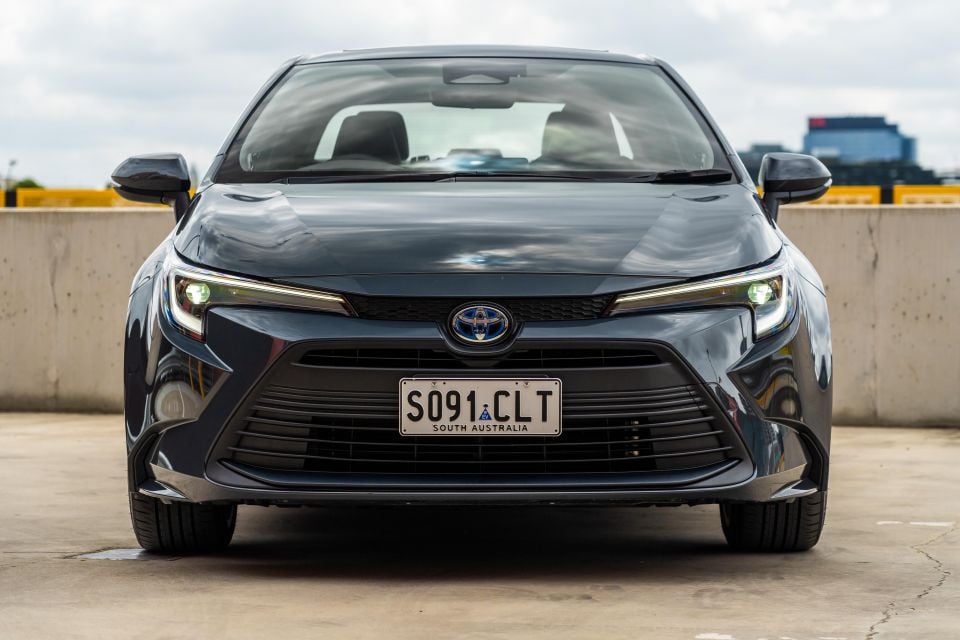
2024 Toyota Corolla Sedan pricing:
Prices exclude on-road costs
To see how the Toyota Corolla shapes up against its rivals, check out our comparison tool.
Buy your new car without the stress. It's fast, simple and completely free.

Great service from Travis and team, second time I have used this business would not hesitate to recommend them to anyone
Craig C.
Purchased a Ford Ranger in Sunshine Coast, QLD
CarExpert helped Craig save thousands on his Ford Ranger, now let us save you on your next new car.
Find a dealEven the range-topping ZR Hybrid looks and feels quite basic inside, with a simple dashboard and trim finishes.
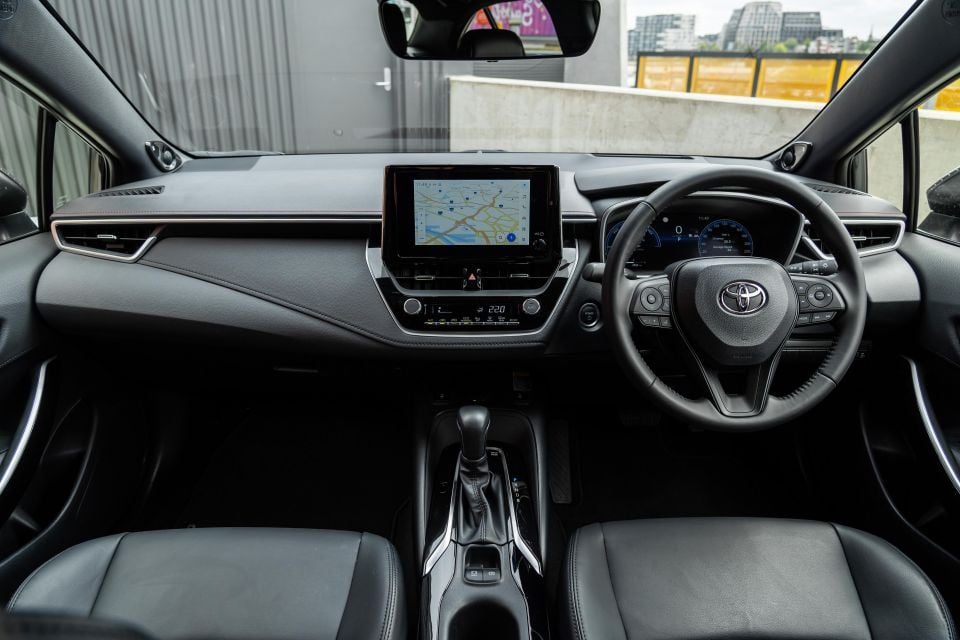
It also feels quite small up front, with limited headroom for taller drivers due to the sunroof standard on this ZR. If you are tall, we’d recommend looking at the SX below it in the range, or waiting for the new Camry to touch down.
Otherwise the fundamentals are pretty solid. There’s enough adjustment in the seats to accomodate tall drivers’ legs, and the seats themselves are nicely padded if you’re spending a long time behind the wheel – like an Uber driver, for example.
This is a $40,000 car, which makes the fact Toyota has only seen fit to give you leather on part of the seat instead of the whole thing feels a bit nasty.
Likewise the all black dashboard, which is understandable in a Corolla with a price in the $20,000 range, but is pretty basic in a car with a four at the start of its price tag.
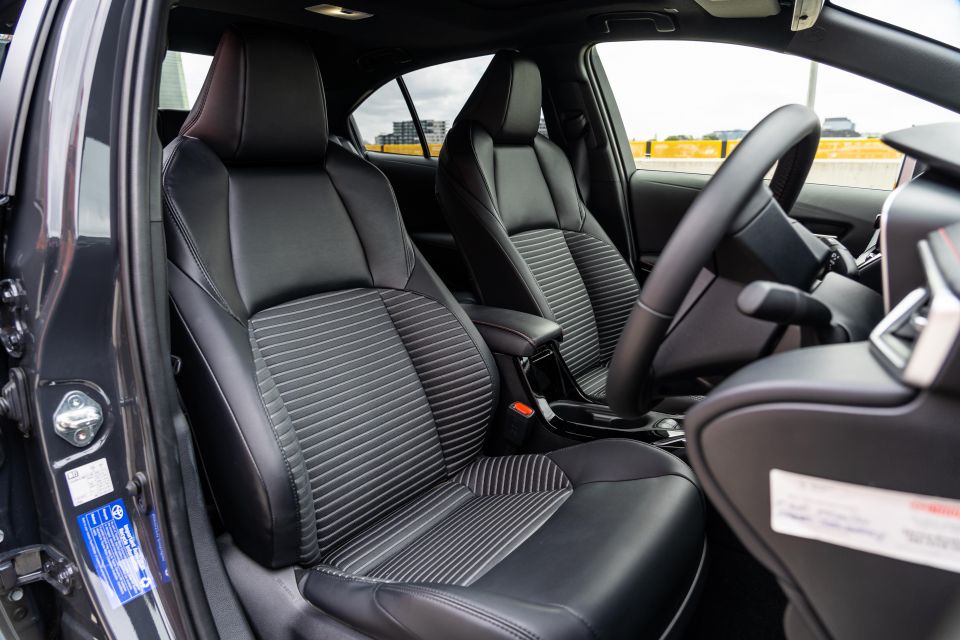
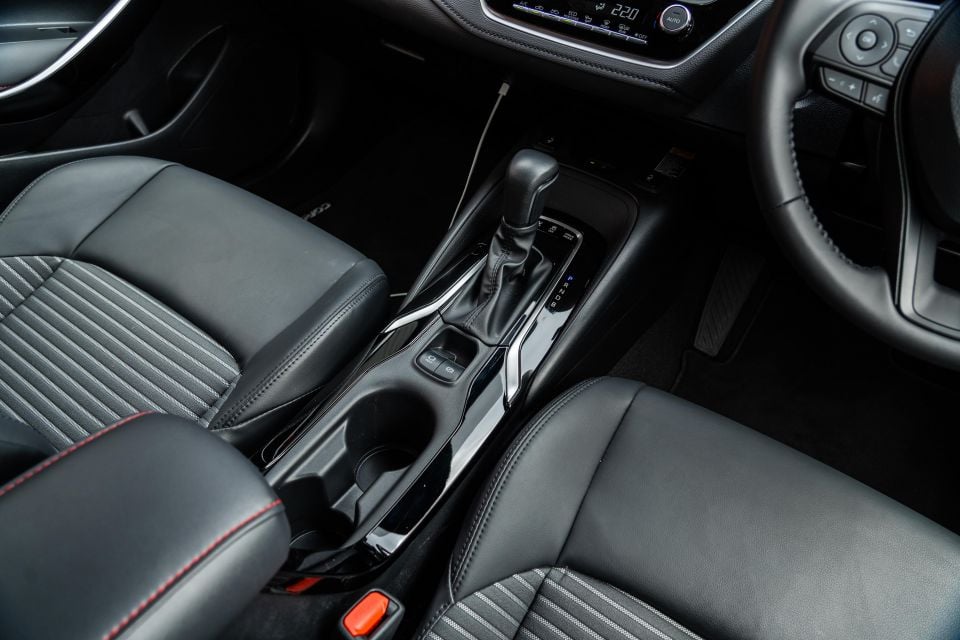
All the major controls fall easily to hand, thanks to a simple climate control pod below the 8.0-inch touchscreen, and the wireless phone charger is neatly tucked beneath the dashboard.
Beware the heated seat switches though, they’re easy to knock when you’re placing your phone there – which is a recipe for sweat on hot days.
Where the related Corolla Cross SUV gets a 10.5-inch touchscreen, the top-spec Corolla Sedan makes do with an 8.0-inch unit.
Fundamentally it’s easy enough to use, with clean graphics, simple menus, and wireless smartphone mirroring, but the display is starting to look small in the context what’s on offer in a Hyundai i30 Sedan given the price.
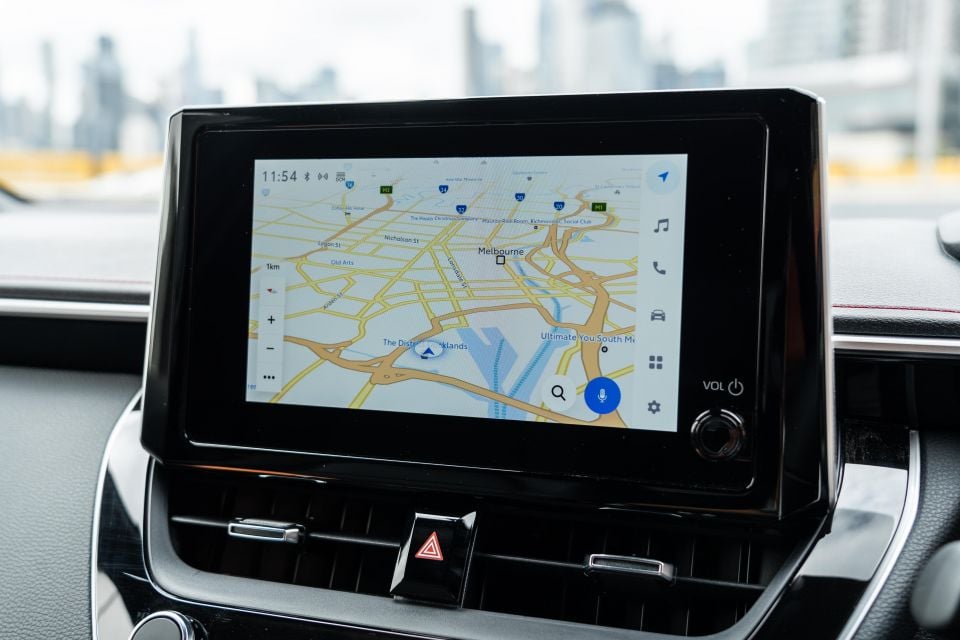

Facing the driver is a 12.3-inch digital instrument binnacle, which is more modern than the hybrid analogue/digital setup that’s featured on range-topping Toyotas until now.
Volkswagen offers more customisation, sharper graphics, and better mapping, but it’s a move in the right direction.
Storage up front is plentiful, from the cupholders to the decent underarm bin, but the location of the USB-C port under the dashboard on the passenger side is a bit vulnerable to errant knees.
Rear seat space is decent, but not standout. Average height adults will be able to squeeze back there behind average-sized drivers with enough legroom, but headroom is reasonably tight, and there’s not a heap of room beneath the front seats for your shoes.

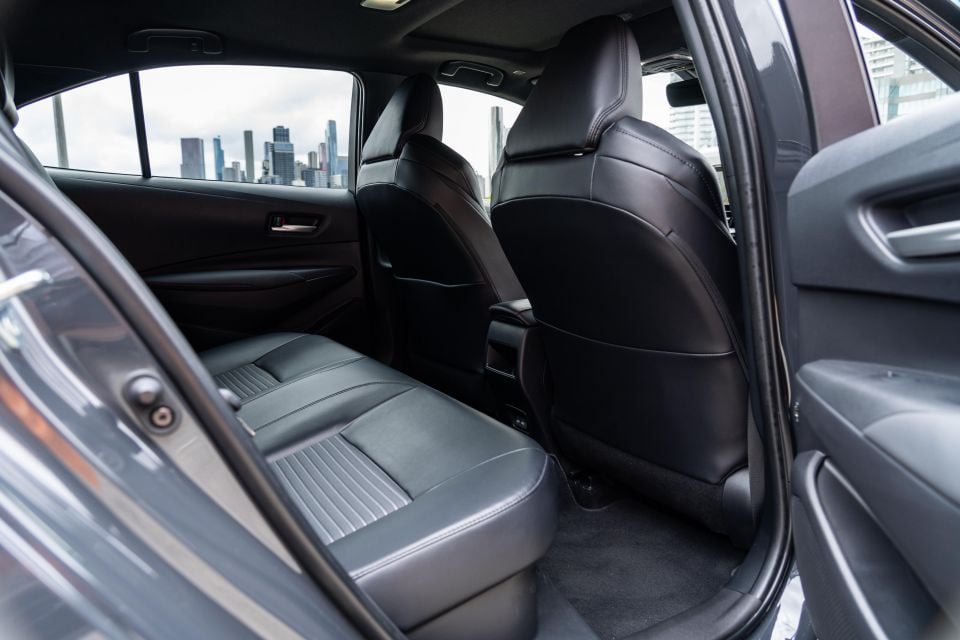
The lack of air vents is notable on hot summer days. On the flip side, the fold-down central armrest is a nice touch, and you’ll get a small drink bottle in the rear door pockets.
ISOFIX points feature on the outboard rear seats, and there’s a trio of top tether points back there for child seats.
Boot space is a highlight in the Corolla Sedan. Where the hatchback has sacrificed practicality at the altar of style, the sedan has a whopping 470 litres of space back there.
The boot itself opens nice and wide, making it simple to slot in awkwardly shaped items.
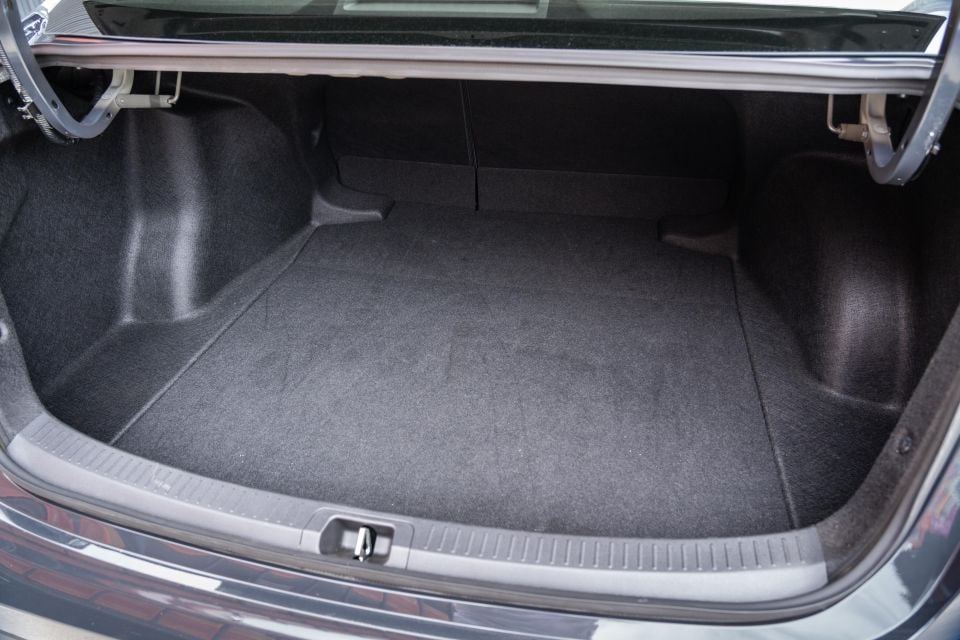
It’s immensely practical, and goes some way to explaining why you’d opt for the Corolla in a traditional three-box body when the hatchback is so much better looking.
The only knocks on its practicality are the gooseneck hinges, which impinge on usable space back there when the boot is closed, and the fact the spare wheel is a space saver in place of a more useful full-sized unit.
Also worth noting is the fact you can’t drop the rear seats from the boot.
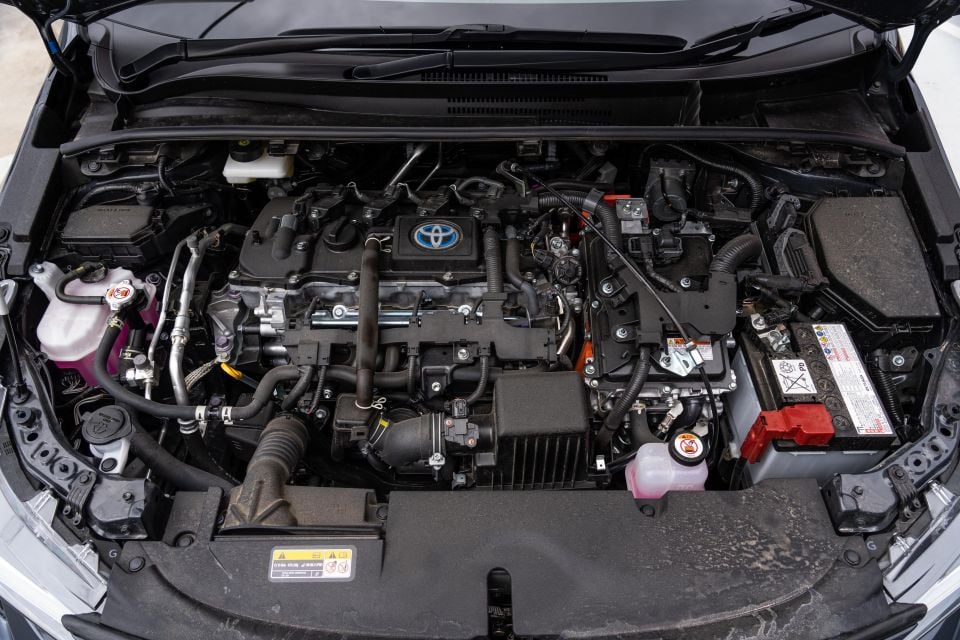
| Model | Toyota Corolla ZR Hybrid |
|---|---|
| Engine | 1.8-litre 4cyl hybrid |
| Power | 103kW |
| Torque | N/A |
| Transmission | CVT auto |
| Driven Wheels | Front-wheel drive |
| Weight | 1430kg (kerb) |
| Fuel economy (claimed) | 5.9L/100km |
| Fuel economy (observed) | 5.7L/100km (mixed) |
| Fuel tank | 41 litres |
| Required fuel | 91 RON |
Toyota hybrids hold few surprises by now.
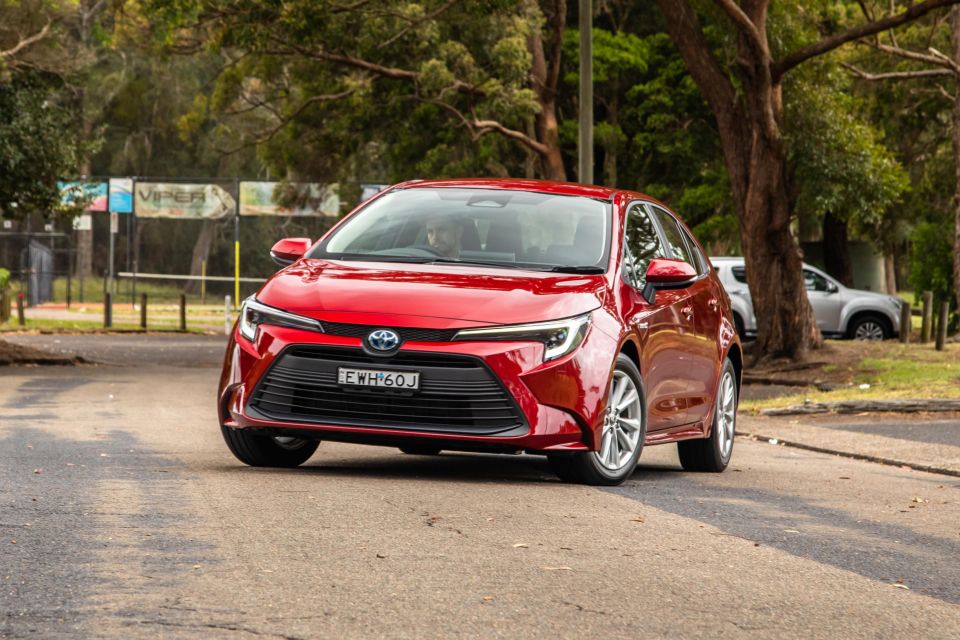
The Corolla Hybrid starts with a shrill beep in the cabin but, generally, no engine noise.
Instead, it uses the electric motor as you leave your driveway – or as you move away from standstill in traffic, before the petrol engine cuts in at around 30km/h if you’re crawling, or closer to 20km/h if you’re in more of a hurry.
This latest generation of hybrid systems is keener to turn off the petrol engine on the move, too. Lift off the throttle and even at highway speeds you can feel the four-cylinder engine turn off, and it’ll run on flat surfaces or downhill using on the electric motor for limited periods of time.

The week we spent in the Corolla was hot, with the mercury regularly sitting between 30 and 40 degrees in Melbourne. It was noticeable the petrol engine was working harder at low speeds than usual to run the air-con, but it still was rare to have it running at a standstill, or in crawling traffic.
When the handover between electric and petrol power happens, it happens without an awkward pause in torque delivery or jerking from the transmission – Toyota has been doing this for a long time, and it shows.
Really put your foot down and the system feels a bit gutless, with revs flaring, a coarse engine note sneaking into the cabin, but not all that much extra performance. Efficiency, not performance, is paramount here.
With light steering, a comfortable ride, and solid visibility in all directions, the Corolla is right at home in the city. Its camera is fine but nothing more, but it’s not a particularly big car, and the parking sensors leave no excuse for dinged bumpers.
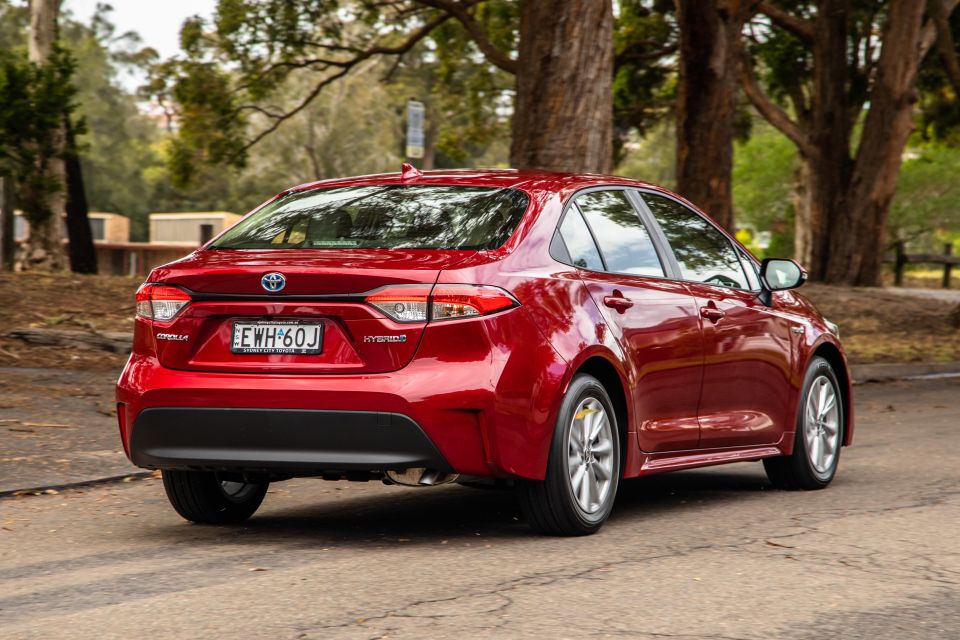
It’s also impressively refined at highway speeds. It does an excellent job smoothing out potholes and expansion joints, and the hybrid system remains nice and quiet at a cruise.
There’s a hint of roar from the tyres and wind whistle from the mirrors, but it’s better on the open road than you might expect – save for the fact the hybrid system gets a bit shouty when you want to overtake, and it’s quite slow from 80 to 100km/h.
Toyota’s driver assists all work smoothly and smartly, and aren’t overbearing in the way some rivals are. There’s no annoying speed limit alert beeping every time you drift over the limit by 1km/h, and the lane-keeping assist only intervenes when you stray rather than trying to rip the wheel from your hands.
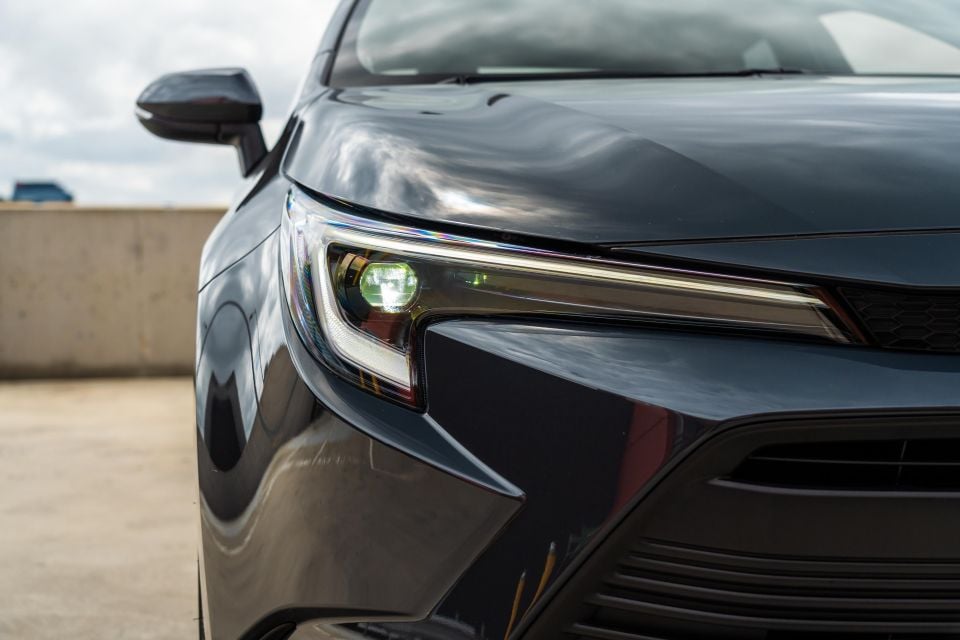

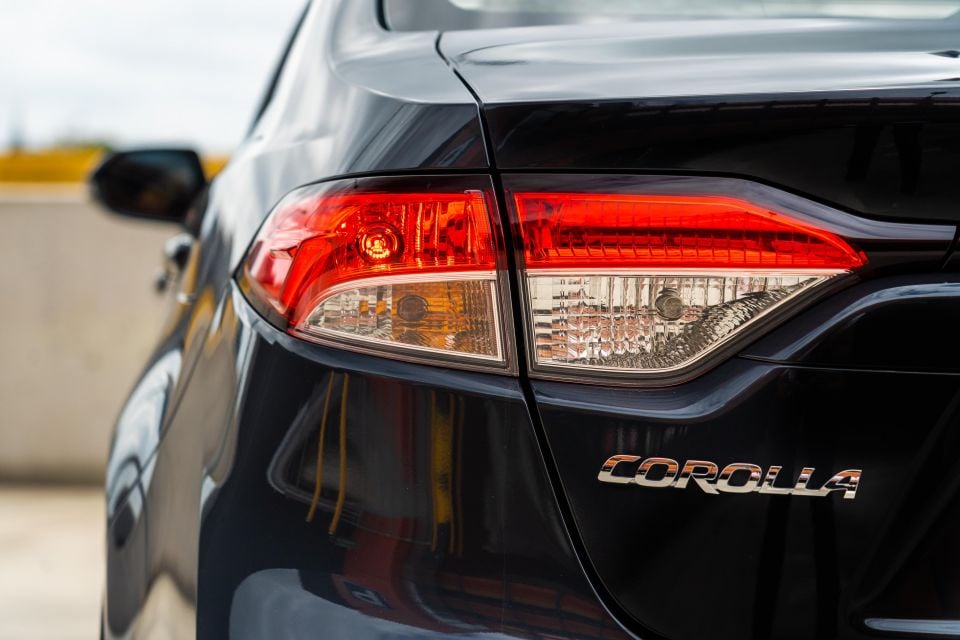

Corolla Ascent Sport highlights:
The optional $1000 Convenience Pack adds:
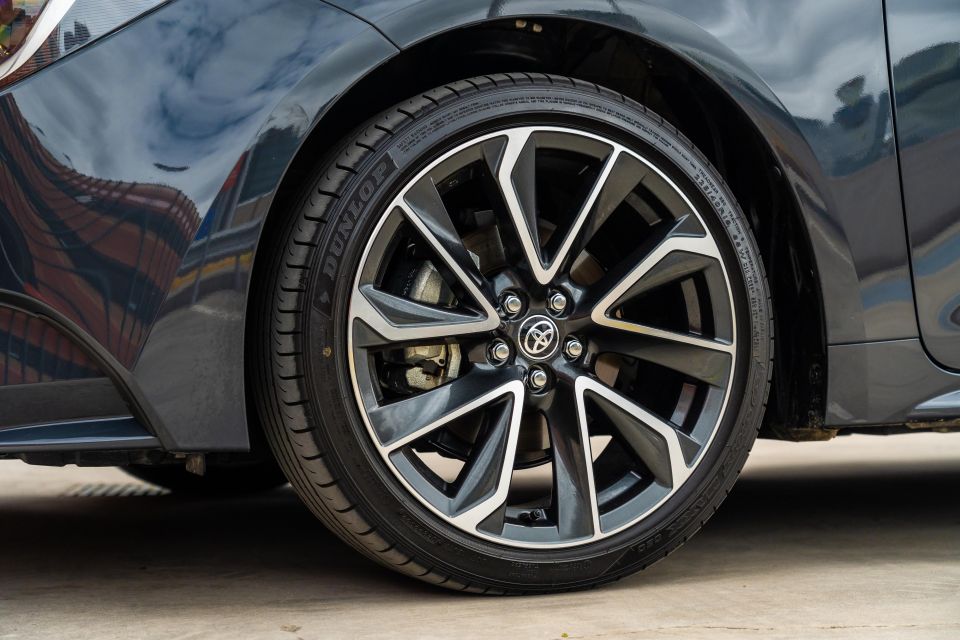
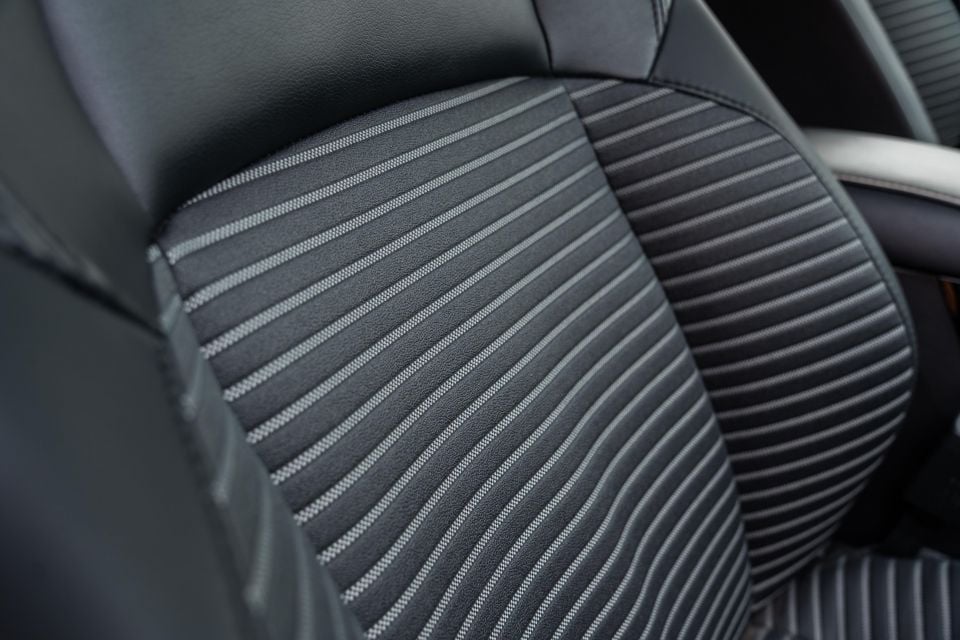
Where expert car reviews meet expert car buying – CarExpert gives you trusted advice, personalised service and real savings on your next new car.
Corolla SX adds:
Corolla ZR adds:
The 2024 Toyota Corolla has five-star ANCAP safety rating based on testing conducted in 2018.
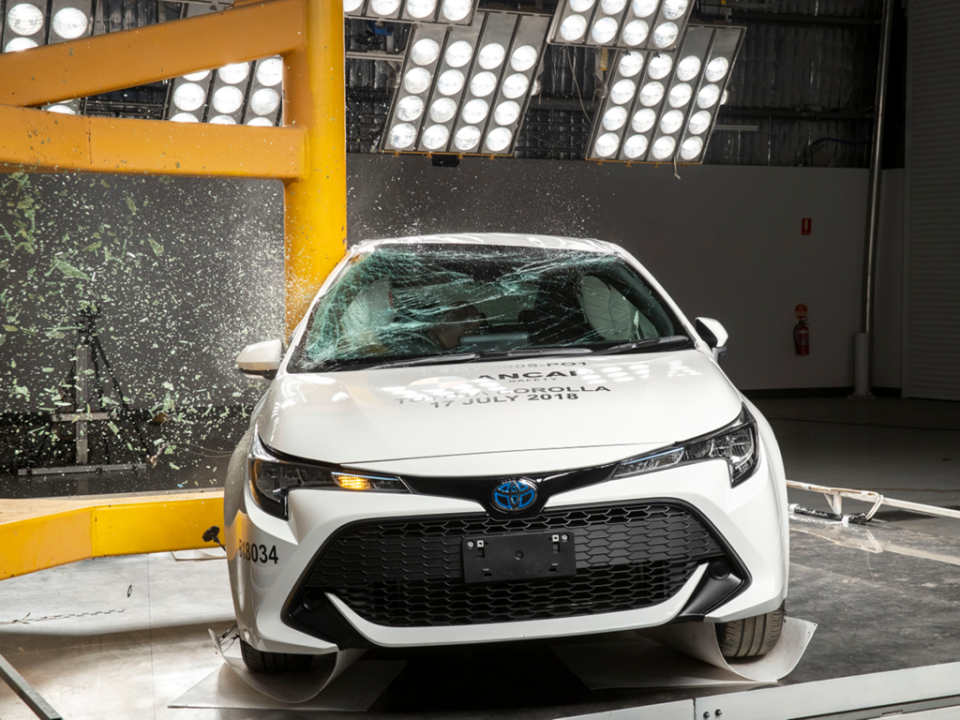
It received scores of 96 per cent in adult occupant protection, 83 per cent in child occupant protection, 86 per cent in vulnerable road user protection, and 76 per cent in safety assist.
Standard safety equipment includes:
The SX and ZR add blind-spot monitoring and rear cross-traffic alert. The former is also standard on all hatchback models.
The Toyota Corolla is backed by a five-year, unlimited-kilometre warranty – which extends to seven years on the driveline provided the car is serviced on time with Toyota Australia.
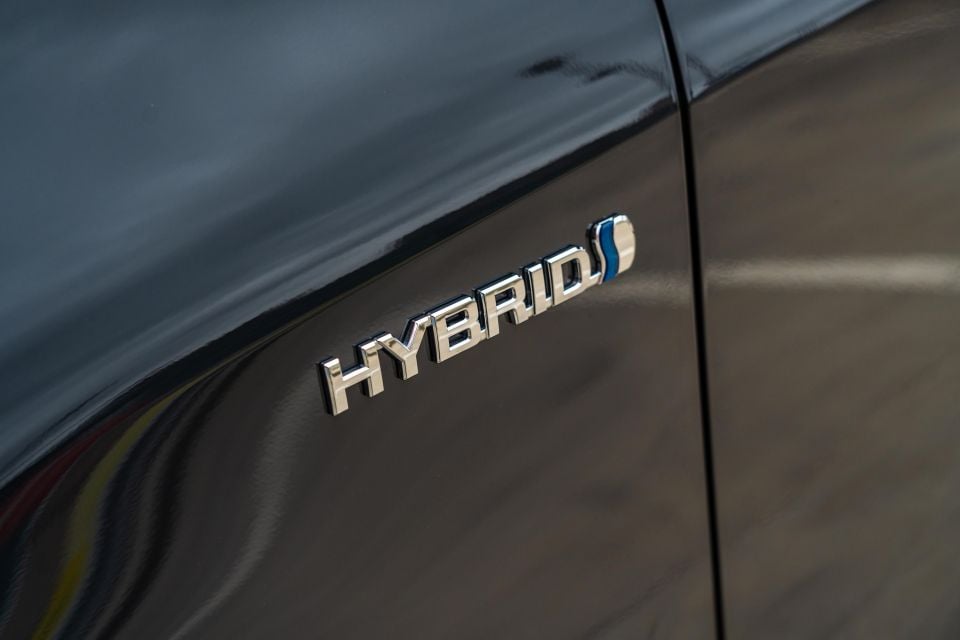
Maintenance is required every 12 months or 15,000 kilometres, whichever comes first. The first five services are each capped at $205.
The Corolla Hybrid remains rock solid, and very efficient… but the range-topping hybrid isn’t the model we’d be picking.

It doesn’t feel special or spacious enough to justify the sticker price in range-topping ZR guise, given it now costs more than $40,000 before on-road costs – or closer to $45,000 on the road.
That doesn’t mean you should look past the Corolla Hybrid Sedan altogether.
The SX Hybrid is a whopping $6000 cheaper than the ZR, and doesn’t miss out on anything we’d consider essential. It’s economical motoring done right, and is the Corolla we’d be spending our cash on.
Click the images for the full gallery
MORE: Buy a Toyota Corolla MORE: Everything Toyota Corolla
Where expert car reviews meet expert car buying – CarExpert gives you trusted advice, personalised service and real savings on your next new car.
Scott Collie is an automotive journalist based in Melbourne, Australia. Scott studied journalism at RMIT University and, after a lifelong obsession with everything automotive, started covering the car industry shortly afterwards. He has a passion for travel, and is an avid Melbourne Demons supporter.


William Stopford
15 Hours Ago


CarExpert.com.au
4 Days Ago


Max Davies
5 Days Ago


Damion Smy
5 Days Ago


Max Davies
6 Days Ago


Max Davies
8 Days Ago